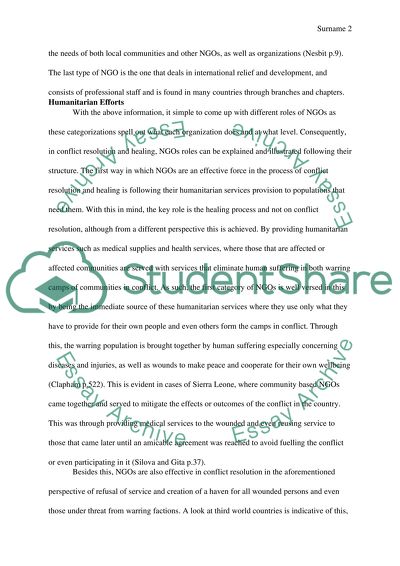Cite this document
(“NGOs are an effective force in processes of conflict resolution and Essay - 1”, n.d.)
Retrieved from https://studentshare.org/history/1484125-ngos-are-an-effective-force-in-processes-of
Retrieved from https://studentshare.org/history/1484125-ngos-are-an-effective-force-in-processes-of
(NGOs Are an Effective Force in Processes of Conflict Resolution and Essay - 1)
https://studentshare.org/history/1484125-ngos-are-an-effective-force-in-processes-of.
https://studentshare.org/history/1484125-ngos-are-an-effective-force-in-processes-of.
“NGOs Are an Effective Force in Processes of Conflict Resolution and Essay - 1”, n.d. https://studentshare.org/history/1484125-ngos-are-an-effective-force-in-processes-of.


